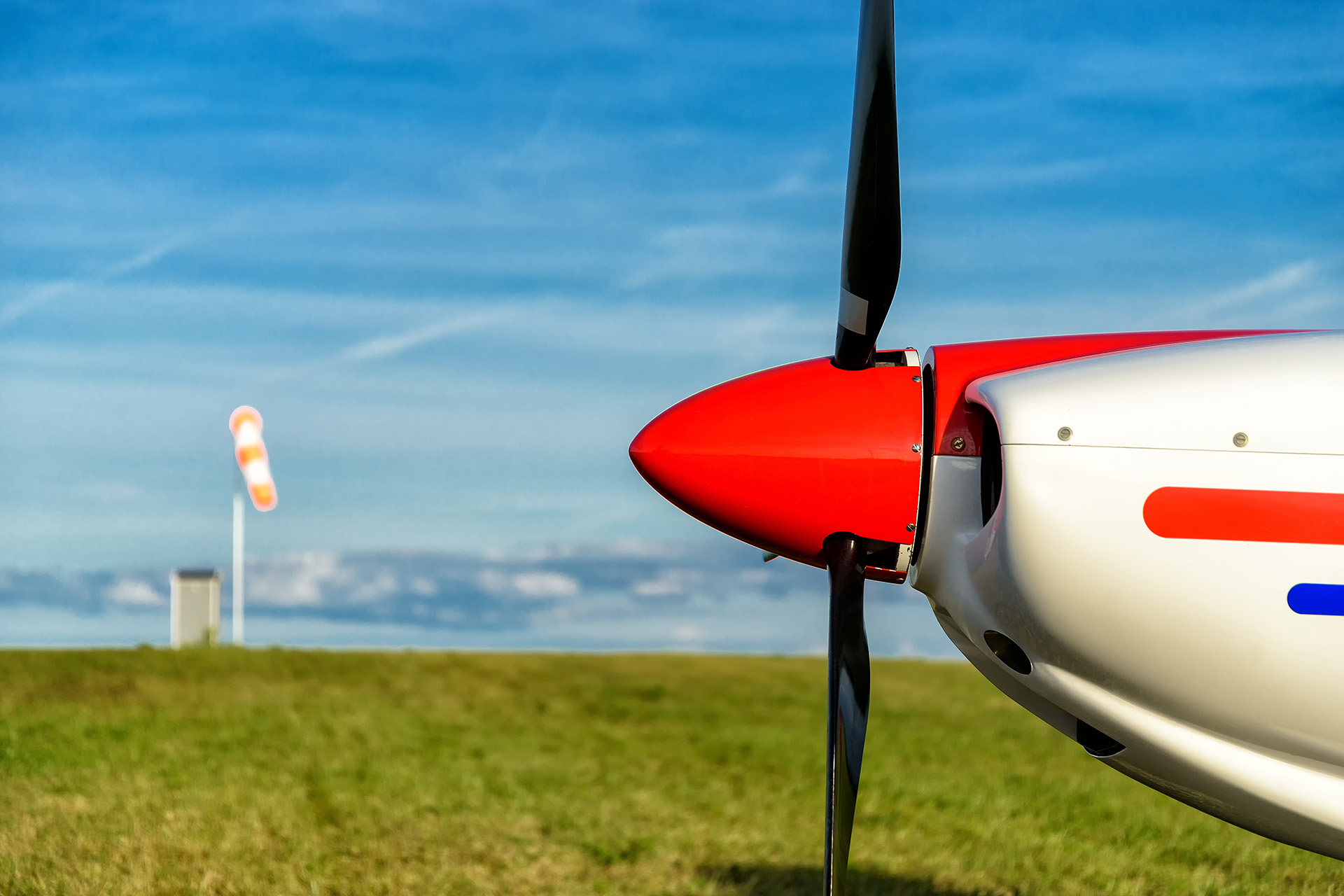How licences are categorised
Professional and Private Pilot licences
Licences can either be for professional or private flying. If you have a professional licence, you can be paid for flying and fly in commercial operations (such as a flight for an airline).
Private licences are primarily for recreational flying and you are not permitted to be paid for any flying you do when holding a private licence, other than receiving remuneration for flight instruction or examination.
Private Pilot licences
When considering undertaking training for a private pilot licence you need to consider what it is you actually want to fly - which type of licence you need depends on what type of aircraft you want to fly.
Generally speaking, licences are available for the following different aircraft categories:
- aeroplanes (including Microlights)
- helicopters
- airships
- sailplanes and gliders
- balloons
- gyroplanes
There are often several different types of licence for each category. The licences will differ in that each will have different privileges allowing the holder to do different things - some are more restrictive than others.
ICAO and non-ICAO licences
Licences can be categorised by whether or not they comply with international rules from ICAO, the International Civil Aviation Organisation. Licences which do comply are known as ICAO licences and those which do not, are known as non-ICAO licences or sub-ICAO Pilot Licences.
Non-ICAO or sub-ICAO licences are not fully recognised internationally, for example, the UK LAPL and Microlight licences are only valid for flights within the UK, when flying a UK (G) registered aircraft, unless specific permission has been given for their use by the Authority of another state.
The privileges of your licence determine what aircraft you are able to fly and what sort of operations you are able to undertake. In many cases, once you have your licence you can extend its privileges by completing extra training. This may, for instance, allow you to fly different types or classes of aircraft.
For example adding a Night rating will allow you to fly at night in a suitably equipped and approved aircraft.
In most cases to add a rating to your licence you will need to complete a training course at an Approved or Declared Training Organisation and, pass a skill test. Ratings expire after a certain period of time. You must keep them up to date if you want to continue to use the privileges they allow.
Ratings restrictions
Not every licence can have every rating added to it. For instance, you cannot add an Instrument Rating (IR) to a LAPL or an NPPL. You should discuss these details with your training provider before committing to your training.
Where to start
Your flying school can offer advice on training, licence types and ratings.
There is more detailed information available about ratings and the privileges of different licences.

